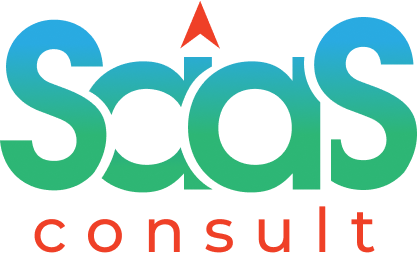What is marketing stack
A marketing stack, also known as a marketing technology stack or martech stack, refers to the collection of tools and technologies that a company uses to execute its marketing activities and strategies. It encompasses a combination of software, platforms, and systems that work together to streamline and enhance marketing efforts. Here are some key components commonly found in a marketing stack:
1. Customer Relationship Management (CRM): A CRM system is essential for managing customer data, tracking interactions, and maintaining customer relationships. It helps marketers understand customer behavior, personalize communications, and optimize marketing strategies.
2. Content Management System (CMS): A CMS allows marketers to create, manage, and publish content on their websites or other digital platforms. It provides tools for content creation, editing, and organization, enabling efficient content management.
3. Email Marketing Automation: Email marketing platforms automate the process of sending emails, managing subscriber lists, and tracking email campaign performance. These tools provide features like email templates, segmentation, personalization, and analytics to optimize email marketing efforts.
4. Social Media Management: Social media management tools help marketers schedule and publish social media posts, engage with followers, monitor social media conversations, and analyze performance metrics. They streamline social media marketing activities across multiple platforms.
5. Marketing Automation: Marketing automation platforms automate repetitive marketing tasks and workflows, such as lead nurturing, lead scoring, and campaign management. They enable personalized and targeted communication with leads and customers based on their behavior and interactions.
6. Analytics and Reporting: Analytics tools provide insights into marketing performance, website traffic, conversion rates, and other key metrics. They help marketers measure the effectiveness of their campaigns, make data-driven decisions, and optimize marketing strategies.
7. Advertising Platforms: Advertising platforms, such as Google Ads or Facebook Ads, allow marketers to create and manage online advertising campaigns. They provide targeting options, ad creation tools, and performance tracking to optimize ad spend and drive conversions.
8. SEO Tools: Search Engine Optimization (SEO) tools assist in optimizing website content for search engines. They provide keyword research, on-page optimization suggestions, backlink analysis, and monitoring of search engine rankings.
9. Conversion Optimization Tools: Conversion optimization tools help improve website conversion rates by tracking user behavior, conducting A/B testing, and providing insights into user experience. They help identify areas for improvement and optimize conversion funnels.
10. Customer Feedback and Survey Tools: Tools for collecting customer feedback and conducting surveys enable marketers to gather insights, understand customer preferences, and make data-driven decisions. They provide feedback forms, surveys, and reporting capabilities.
The marketing stack is tailored to the specific needs and goals of each company. The selection of tools and technologies depends on factors such as budget, industry, target audience, and marketing objectives. Integrating these tools and platforms into a cohesive marketing stack allows companies to streamline their marketing efforts, improve efficiency, and drive better results.

